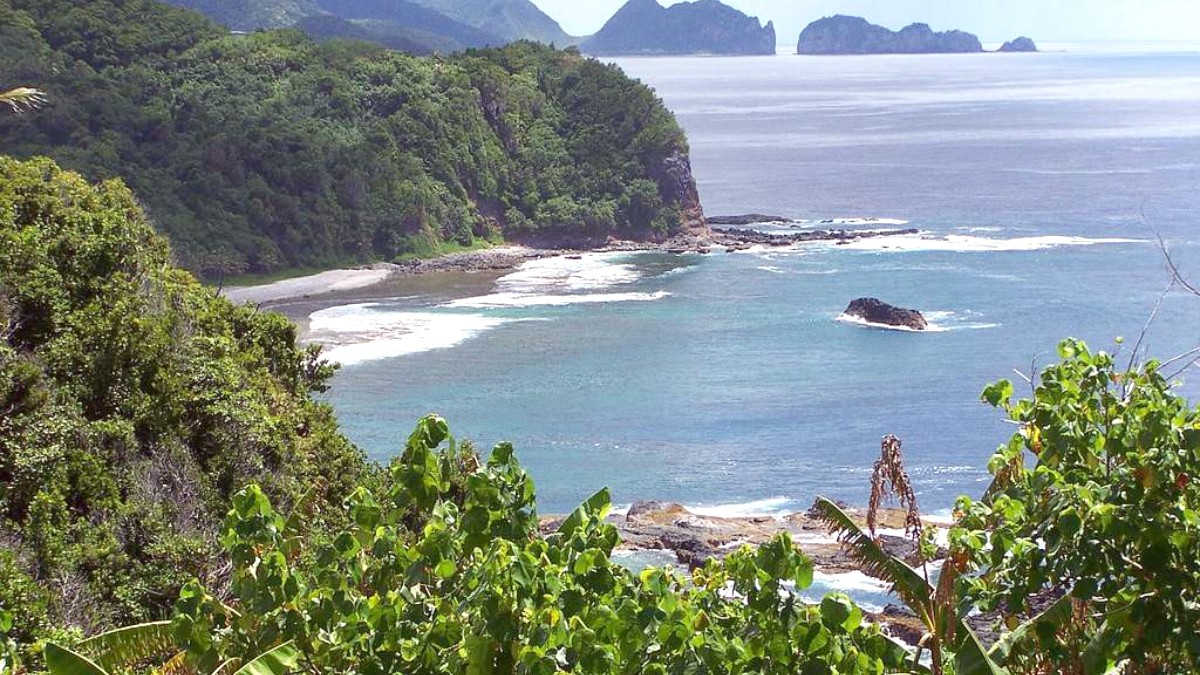
Samoa
Dry Season (May to October): This period brings lower humidity, less rainfall, and consistently pleasant temperatures. Daily averages range from 75-84°F (24-29°C). Consistent trade winds blow through, providing a refreshing breeze that outdoor activities enjoyable. The days are sunny, and evenings are warm and comfortable.
Wet Season (November to April): This season brings higher humidity and more frequent, heavier rainfall. Rain often arrives in short, intense bursts, followed by sunshine, which quickly dries everything. Temperatures average 77-88°F (25-31°C). Despite the rain, sunny periods are still common, and the landscape becomes incredibly lush and green.
High Season (July-August and December-January): Weather is ideal with plenty of sunshine and lower humidity. Expect higher prices for flights and accommodation. Popular attractions see more visitors.
Shoulder Season (May-June and September-November): Good weather often continues from the dry season, notably in May and June. Fewer crowds a more relaxed experience at attractions. You can often find better deals on accommodation and flights compared to the high season. November marks the start of the wet season, bringing a higher chance of unpredictable rain.
Peak wet season
Lowest prices for flights and lodging. Tourist numbers drop significantly, offering a quieter experience.
Humidity levels are high, and the risk of tropical cyclones is present, especially from January to March. Some outdoor activities might experience limitations due to rain or muddy conditions.
Waterfalls fullest flow in wet season
Dry season safer and more accessible trails.
Major festivals, like Teuila Festival, often occur during dry season.
Tropical Cyclone Belt
Monitor local weather forecasts closely. Hotels and local authorities guide during storms.
Official cyclone season runs from November to April, with highest risk from January to March.
Most tourists find the process straightforward.
Samoa offers visa-free entry for tourism for stays up to 90 days for citizens of many countries.
Timely preparation for your travel documents is .
Samoa offers options for every budget, from very economical to luxurious.
The local currency in Samoa is the Samoan Tala (WST).
The exchange rate fluctuates, but roughly 1 USD equals 2.7 WST. Check a current exchange rate converter before your trip for the latest figures.
Focus on fales, local eateries, public transport.
Accommodation: WST 50-100
Food: WST 30-60
Mix of hotels, varied dining, some tours.
Accommodation: WST 150-300
Food: WST 80-150
Resorts, fine dining, private tours/rentals.
Accommodation: WST 400+
Food: WST 200+
| Travel Style | Daily Cost (WST) | Daily Cost (approx. USD) |
|---|---|---|
| Budget | 100-200 | 35-75 |
| Mid-Range | 250-500 | 90-185 |
| Luxury | 600-1000+ | 220-370+ |
Protecting your journey with travel insurance is a wise decision.
Coverage for hospital stays, doctor visits, emergency evacuation.
Reimburses non-refundable expenses if trip is cut short.
Compensation for lost luggage or delays.
Comprehensive policies typically include medical, cancellation, and baggage benefits.
Medical emergencies: Coverage for hospital stays, doctor visits, emergency evacuation.
Trip cancellation: Reimburses non-refundable expenses if trip is cut short.
Lost/Delayed Baggage: Compensation for lost luggage or delays.
Consider adventure sports or specific needs that require special coverage.
Check maximum payouts for medical, baggage, and cancellation.
Look for exclusions, deductibles, and pre-existing condition clauses.
Knowing how to proceed in an emergency is important.
Consider reputable providers for comprehensive coverage.
Travel insurance storefront for adventurous travelers.
Insurance designed for digital nomads and remote teams.
Medical and travel-related coverage for foreigners visiting the United States.